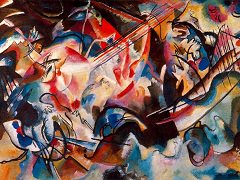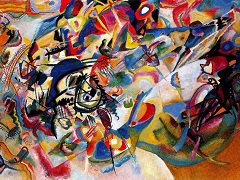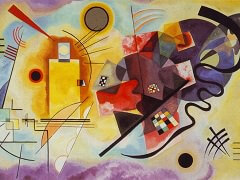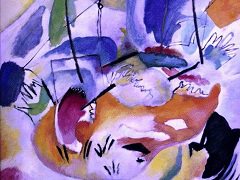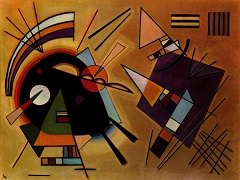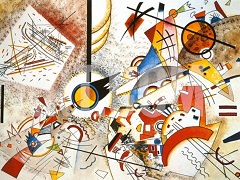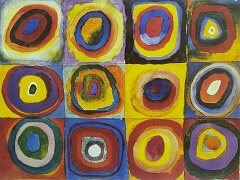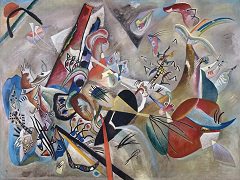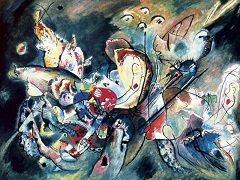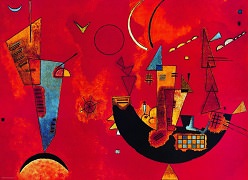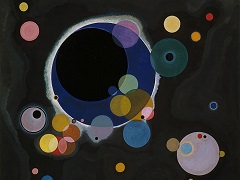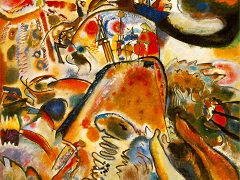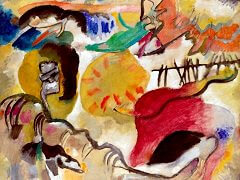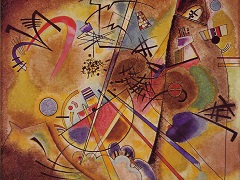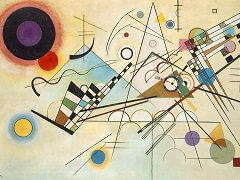River in Autumn, 1900 by Wassily Kandinsky
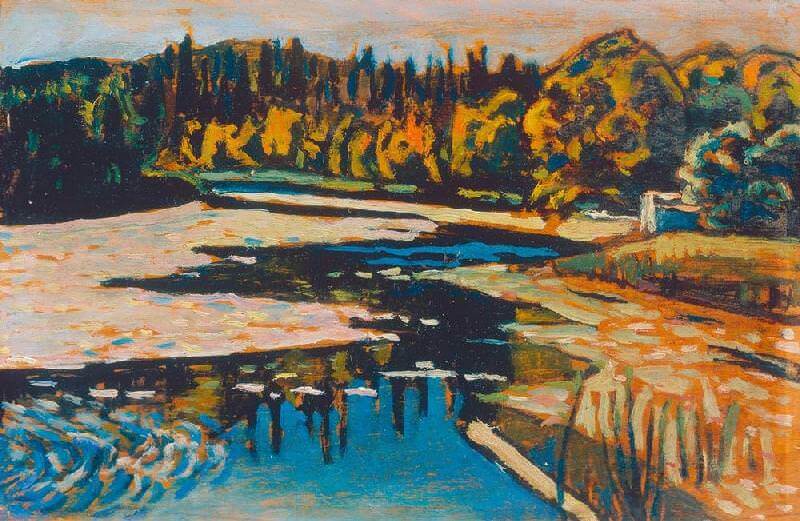
By 1900, Kandinsky had been in Munich for four years, and the Secession had been established for eight. Unlike other Secessions, Munich's was not a reaction to a repressive regime of academic art. Although it had seceded from the academy it was, ironically, the academy's liberal attitude, and the inclusion of some experimental modern art in its exhibitions, that threatened to undermine the overall quality of the exhibition, compromising the Secessionists' work. At this time Munich was seen as being at the forefront of progressive art, vying with Paris as cultural capital of Europe. The artists of the Munich Secession, however, tended to avoid depictions of modernity and city life, favoring the development of Symbolist motifs, firstly through Jugendstil and latterly through Expressionism. The subject matter of their work variously included the femme folate and other allegorical Symbolist motifs. Kandinsky was already cutting his own line using Van Gogh's proto-Expressionist idiom, tempered with the landscape paintings of the Secessionists' contemporaries, the so-called Worpswede School, such as Otto Modersohn (1865-1943), who also used color to express form and emotion.

